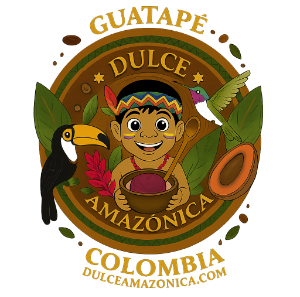The Overstory
Where ancestral wisdom rises above the canopyWhat is the Amazon Overstory?
In the Amazon, the overstory is the tall, visible canopy of trees that rises above the forest, catching the sunlight and announcing the presence of the jungle to the world. Beneath it, countless lives and layers — plants, animals, smaller trees and indigenous people — thrive in its shelter, though they may remain unseen from above.
Dulce Amazónica serves a similar role as an Embassy to the Colombian Amazon — it’s the overstory of Amazonian culture and understanding its communities. At its heart are 18 distinct Indigenous communities who bring their artisanal goods, ancestral knowledge, and living stories into visibility, giving travelers a direct encounter with traditions that are too often hidden from global sight. By standing in the center of Guatapé’s tourism zone, the Embassy becomes the canopy where these communities are seen and heard. Alongside their presence, visitors can taste the Amazon itself through wild fruits hand-harvested in the forest and transformed into ice creams and traditional desserts that carry the flavor and spirit of the rainforest.
Just as the forest cannot exist without its overstory, the Amazon’s guardians need a canopy of representation. Dulce Amazónica is that canopy: a place where the Amazon stretches upward and outward, ensuring the world sees, listens, and learns.
Nükak Baka (Nükak Macu)
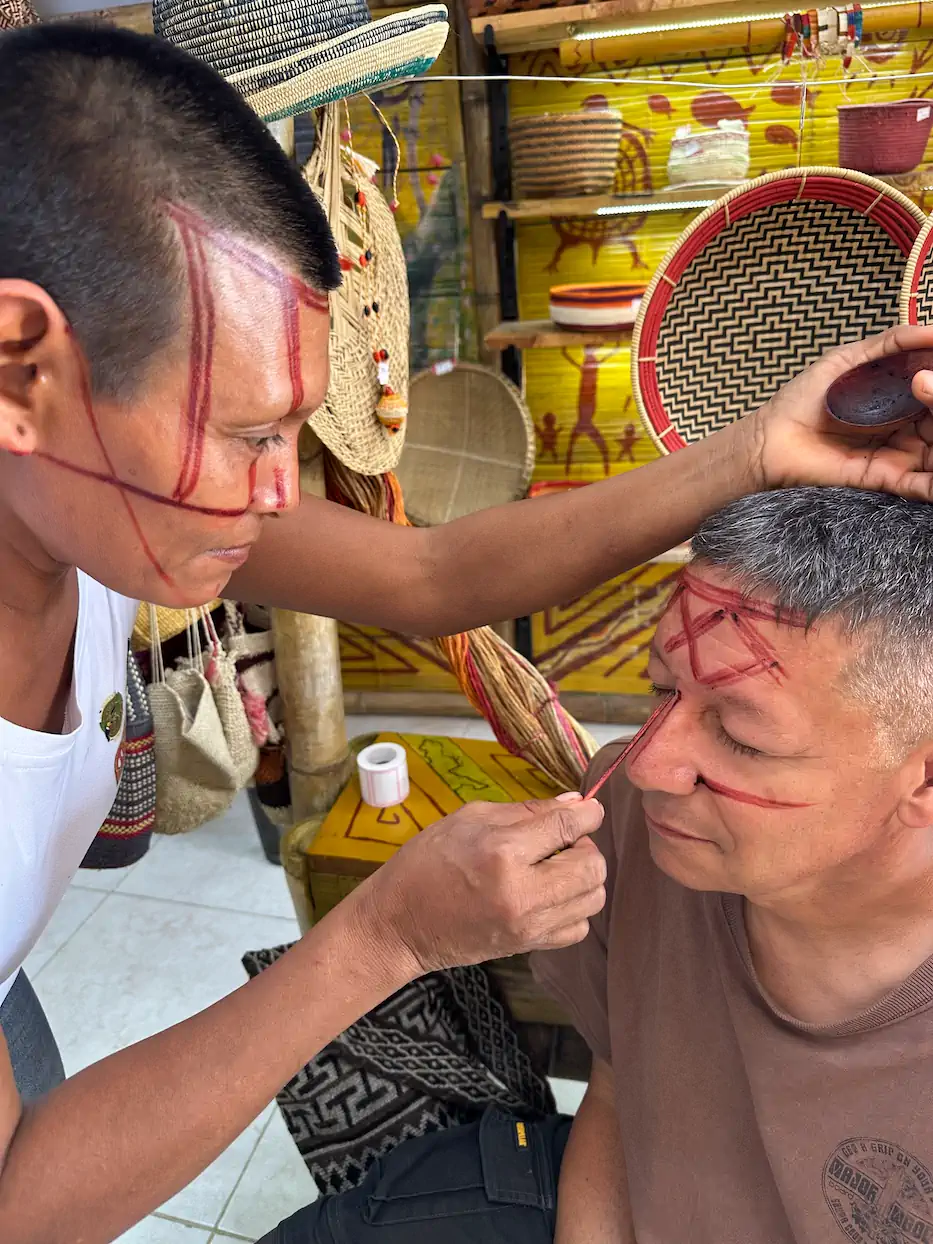
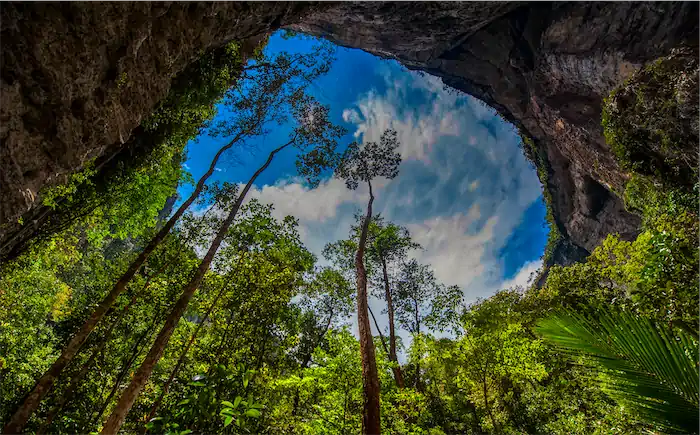
Explore Blog Topic 1
Our blog is dedicated to raising global awareness about the realities in the Amazon and the communities who call it home. Through stories, reflections, and first hand accounts, we hope to elevate conversations and consciousness around the challenges we all face — from cultural erosion to extractive pressures — while also highlighting pathways toward restorative solutions. Each article is an invitation to think deeply, engage meaningfully, and join us in finding ways to protect the Amazon and strengthen the sovereignty of its guardians.
Tukano
The Tukano (also spelled Tucano, Ye’pâ-masa in their own language) are an Indigenous people of the northwestern Amazon, primarily along the Vaupés River region in Colombia (and extending into Brazil). They are part of a broader network of ethnolinguistically related groups who practice linguistic exogamy — meaning someone must marry outside their own language group — which results in most individuals speaking several Tukanoan languages. Their economy blends swidden horticulture (gardening in cleared forest patches) with hunting, fishing, and gathering. Spiritually and socially, they organize themselves around malocas (large communal houses) and rely on ceremonial leadership (chanters, ceremonial chiefs) whose seats are often elaborately carved ritual benches that play central roles in their ceremonies. The Tukano maintain a strong cultural identity even amid pressures of modern influence, migration, and external encroachment, actively working to preserve their languages, rituals, and land traditions.
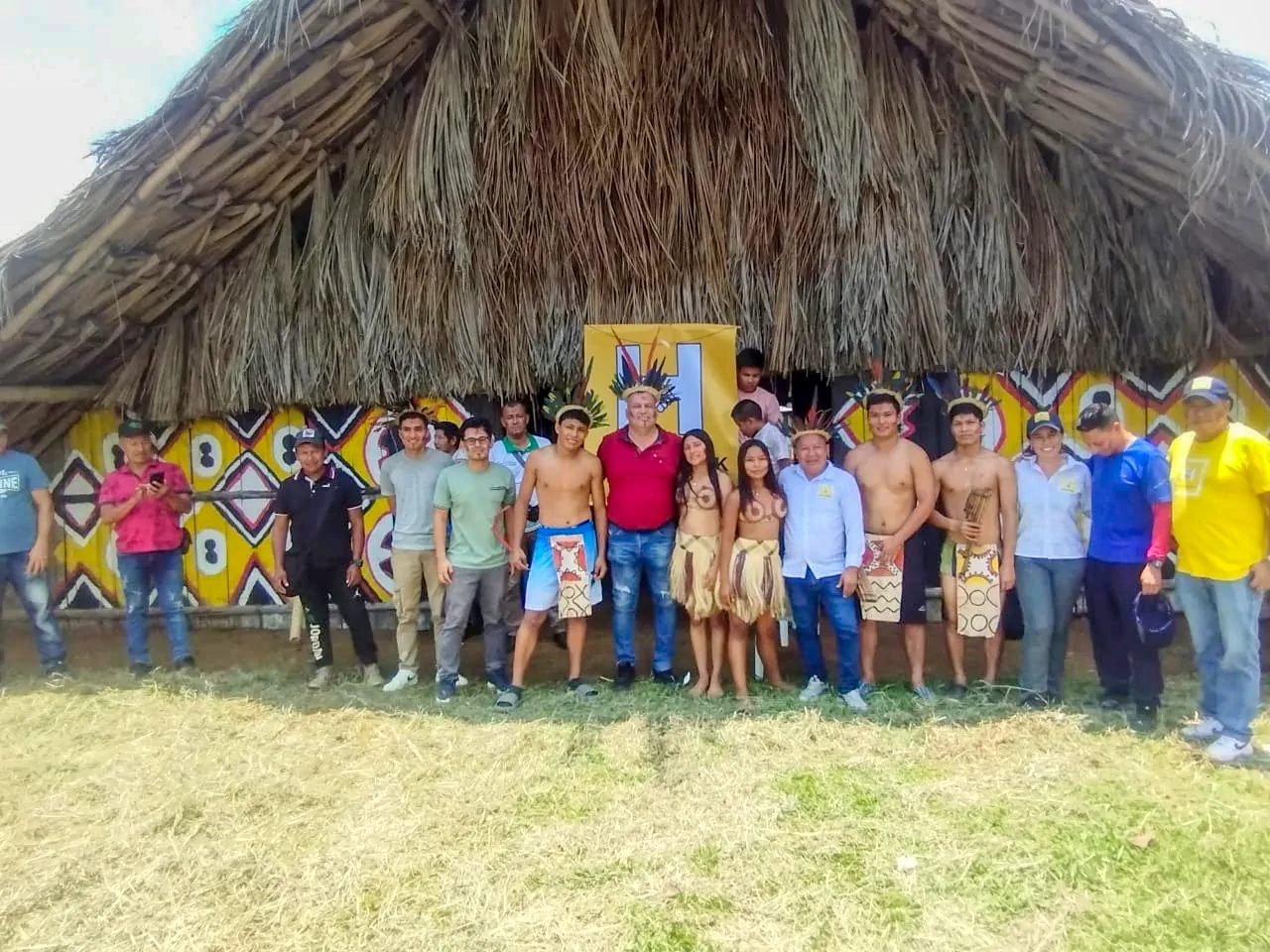

Explore Blog Topic 2
Our blog is dedicated to raising global awareness about the realities in the Amazon and the communities who call it home. Through stories, reflections, and first hand accounts, we hope to elevate conversations and consciousness around the challenges we all face — from cultural erosion to extractive pressures — while also highlighting pathways toward restorative solutions. Each article is an invitation to think deeply, engage meaningfully, and join us in finding ways to protect the Amazon and strengthen the sovereignty of its guardians.
Resguardo Indigena El Refugio
Our blog is dedicated to raising global awareness about the realities in the Amazon and the communities who call it home. Through stories, reflections, and first hand accounts, we hope to elevate conversations and consciousness around the challenges we all face — from cultural erosion to extractive pressures — while also highlighting pathways toward restorative solutions. Each article is an invitation to think deeply, engage meaningfully, and join us in finding ways to protect the Amazon and strengthen the sovereignty of its guardians.
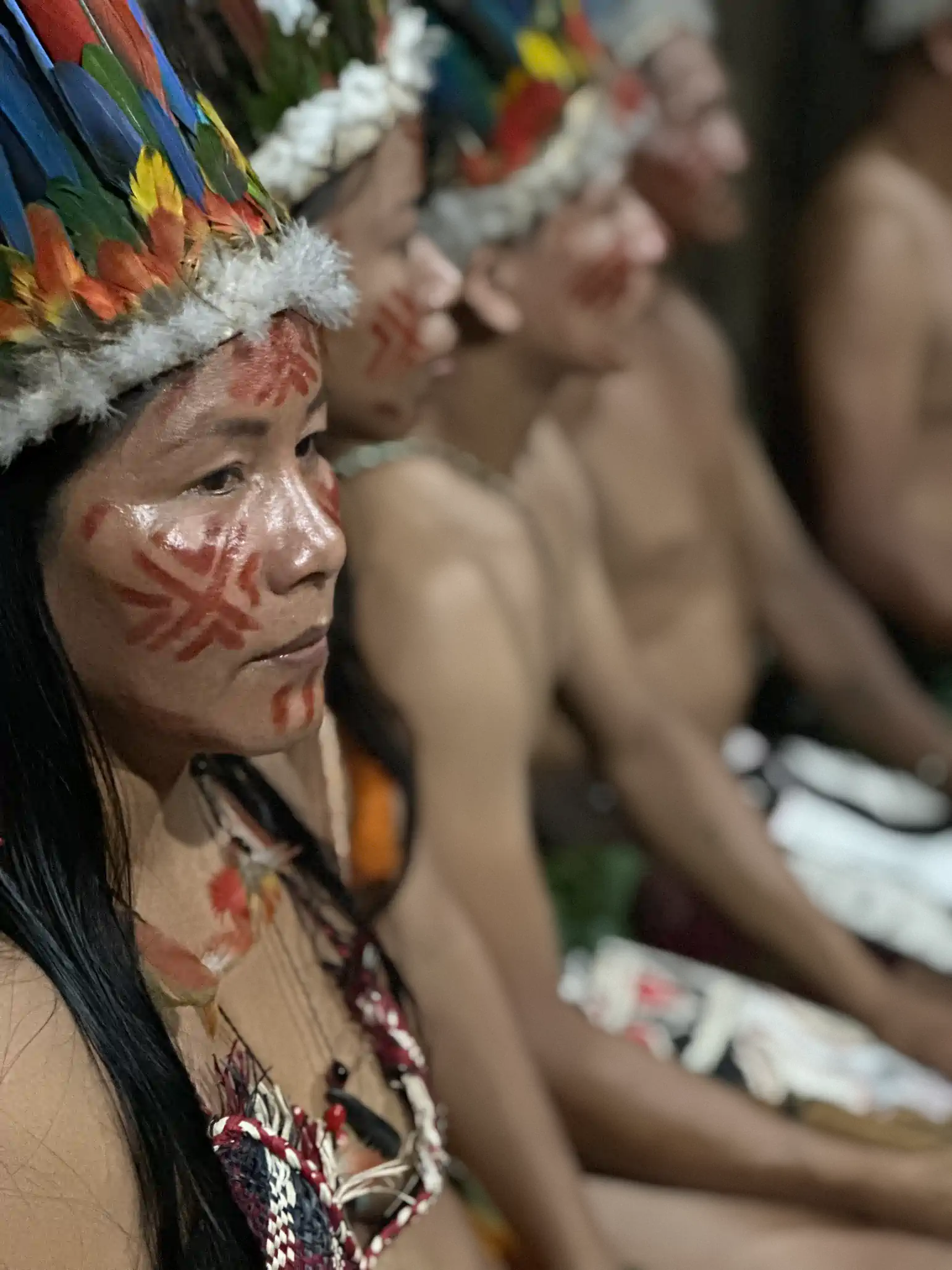
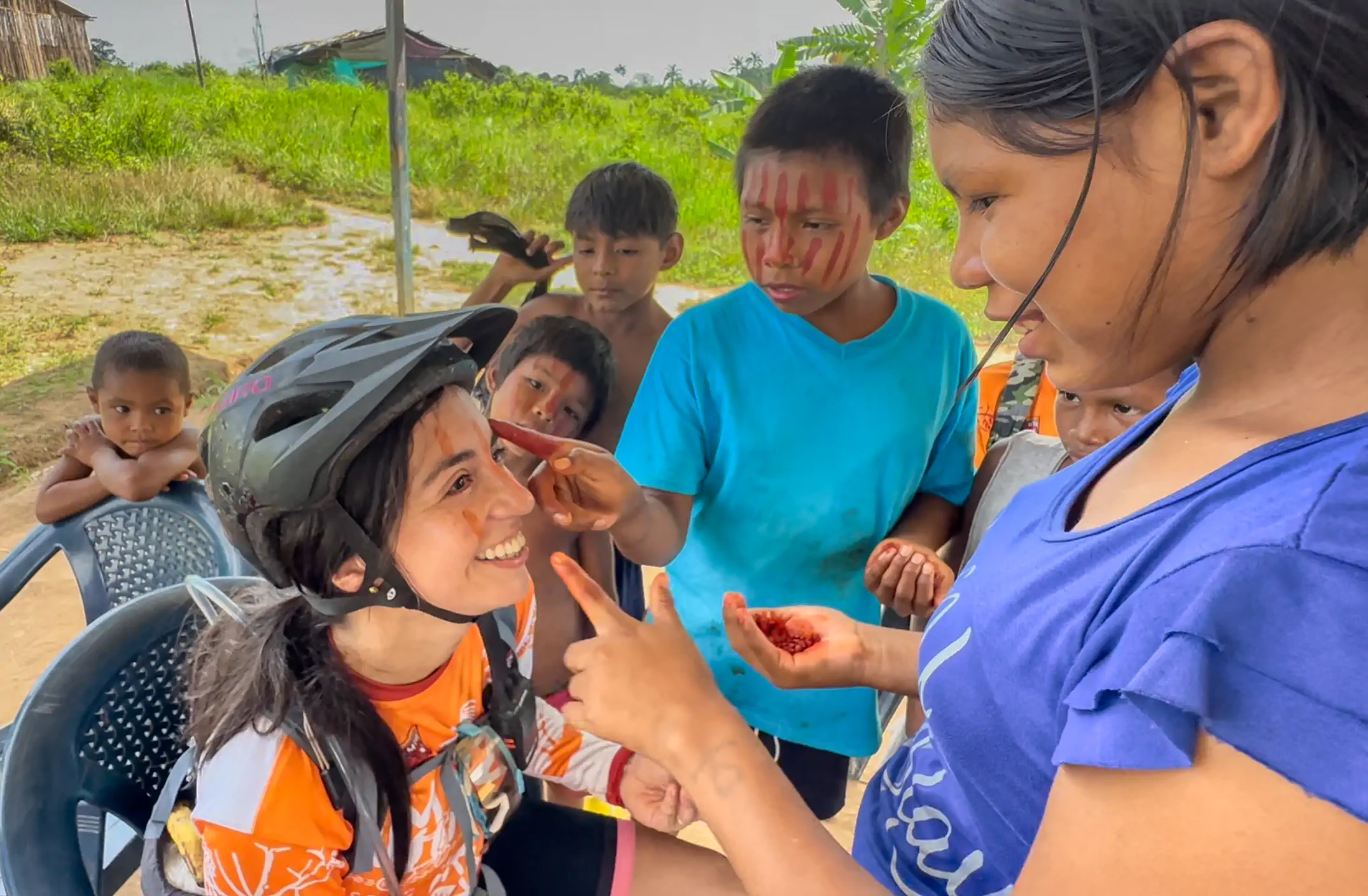
Explore Blog Topic 3
Our blog is dedicated to raising global awareness about the realities in the Amazon and the communities who call it home. Through stories, reflections, and first hand accounts, we hope to elevate conversations and consciousness around the challenges we all face — from cultural erosion to extractive pressures — while also highlighting pathways toward restorative solutions. Each article is an invitation to think deeply, engage meaningfully, and join us in finding ways to protect the Amazon and strengthen the sovereignty of its guardians.
Wacará
The Wacará community is most closely associated with the Kãkwã (also known as Cacua) people, an Indigenous group in Colombia’s Amazonian Vaupés region. Nestled between the rivers Vaupés, Querarí, and Papurí, the settlement of Wacará is one of the primary villages where the Kãkwã have gradually transitioned from a semi-nomadic, hunter-gatherer past toward a more settled lifestyle based on agriculture, fishing, and forest harvesting. Today the community maintains its linguistic and cosmological heritage—the Kãkwã speak the Cacua language and structure their social world through clans and a rich cosmology of interwoven natural and spiritual realms.
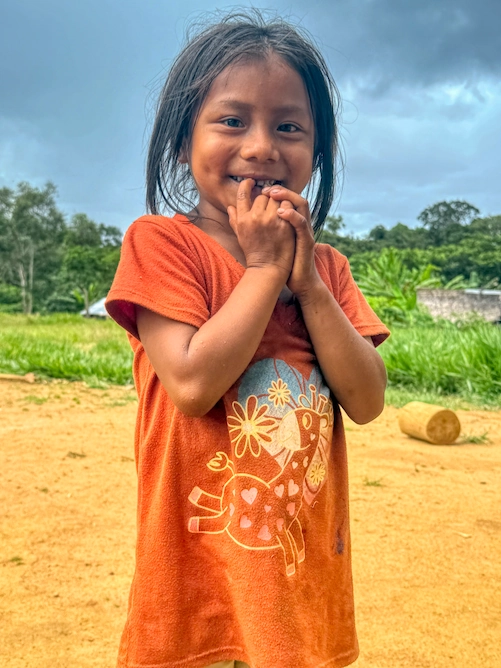

Explore Blog Topic 4
Our blog is dedicated to raising global awareness about the realities in the Amazon and the communities who call it home. Through stories, reflections, and first hand accounts, we hope to elevate conversations and consciousness around the challenges we all face — from cultural erosion to extractive pressures — while also highlighting pathways toward restorative solutions. Each article is an invitation to think deeply, engage meaningfully, and join us in finding ways to protect the Amazon and strengthen the sovereignty of its guardians.
